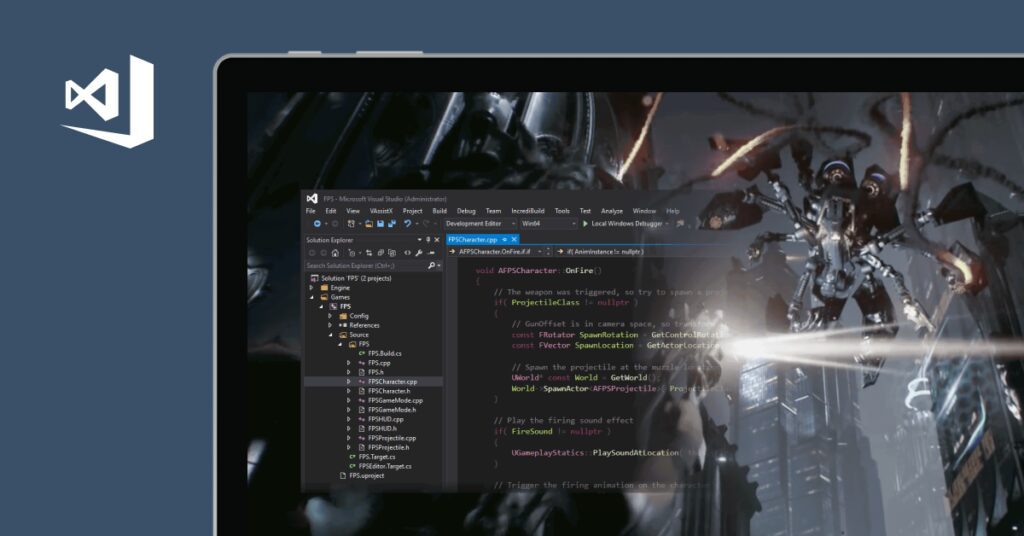Virtual reality (VR) technology has transformed game development by allowing developers to create immersive and interactive game worlds and characters that are more engaging and realistic than ever before. VR tools enable designers to create fully 3D environments that can be explored from any angle, often with interactive elements that players can manipulate. VR also allows for the creation of lifelike characters with realistic facial expressions and body movements, as well as unique personalities and backgrounds. By using VR as a design and testing tool, game developers can enhance immersion in the game world and create more complex and intricate environments and characters.
Building Worlds and Characters: Using Virtual Reality Tools in Game Design
Introduction
Virtual Reality (VR) technology has revolutionized the way game developers create worlds and characters. In recent years, VR has become an integral part of game design, as it enables designers to create immersive and interactive environments that are more engaging and realistic than ever before. In this article, we will discuss how VR tools are used in game design, and how they help developers bring their creative visions to life.
Creating Worlds using VR Technology
When designing a game world, VR enables designers to create an environment that feels immersive and realistic. Unlike traditional game development software, which relies on 2D images and animations, VR tools allow designers to create a fully 3D world that can be explored from any angle. This means that players can feel like they are truly present in the game world, rather than simply observing it from afar.
VR technology also enables designers to create more complex and intricate environments. For example, they can design sprawling cities with towering skyscrapers, or vast wilderness areas with winding forests and mountains. They can also create interactive elements within the world, such as switches, levers, and buttons that players can use to manipulate the environment.
Creating Characters using VR Technology
In addition to creating worlds, VR tools are also used to create characters. When designing a game character, VR enables designers to create a model that can be viewed from all angles, and with a level of detail that is impossible with traditional 2D animation tools.
Using VR technology, designers can create lifelike characters with realistic facial expressions and body movements. They can also create characters with unique personalities and backgrounds, which can enhance the player’s immersion in the game world. For example, a game may have a character who is shy and introverted, and who may prefer to avoid conflict. Alternatively, the game may have a character who is boisterous and outgoing, and who enjoys taking risks.
How VR Tools are used in Game Design
VR technology is used in game design primarily in two ways: as a design tool and as a testing tool. As a design tool, VR enables designers to create their game environments and characters in a more intuitive and natural way. Instead of designing on a 2D screen, they can design in 3D space, which allows for a more natural and immersive design process.
As a testing tool, VR enables designers to test their game environments and characters in a more realistic setting. Instead of testing on a 2D screen, they can test in a fully immersive VR environment. This allows designers to see how the environment and characters feel to players, and make adjustments accordingly.
Benefits of Using VR Tools in Game Design
Using VR tools in game design has many benefits. One of the main benefits is that it enables designers to create more engaging and immersive game worlds and characters. By designing in 3D space, designers can create environments and characters that feel more realistic and lifelike, which enhances the player’s immersion in the game world.
Another benefit of using VR tools in game design is that it enables designers to create more complex and intricate environments and characters. By working in 3D space, designers can create environments and characters with a level of detail that is impossible with traditional 2D animation tools. This means that designers can create game worlds and characters that are more lifelike and realistic than ever before.
Conclusion
VR technology has revolutionized the way game developers create worlds and characters. By enabling designers to create immersive and interactive environments in 3D space, VR has made it possible to create game worlds and characters that are more engaging and realistic than ever before. Whether used as a design tool or a testing tool, VR has become an essential part of game design, and will likely continue to be so for years to come.
